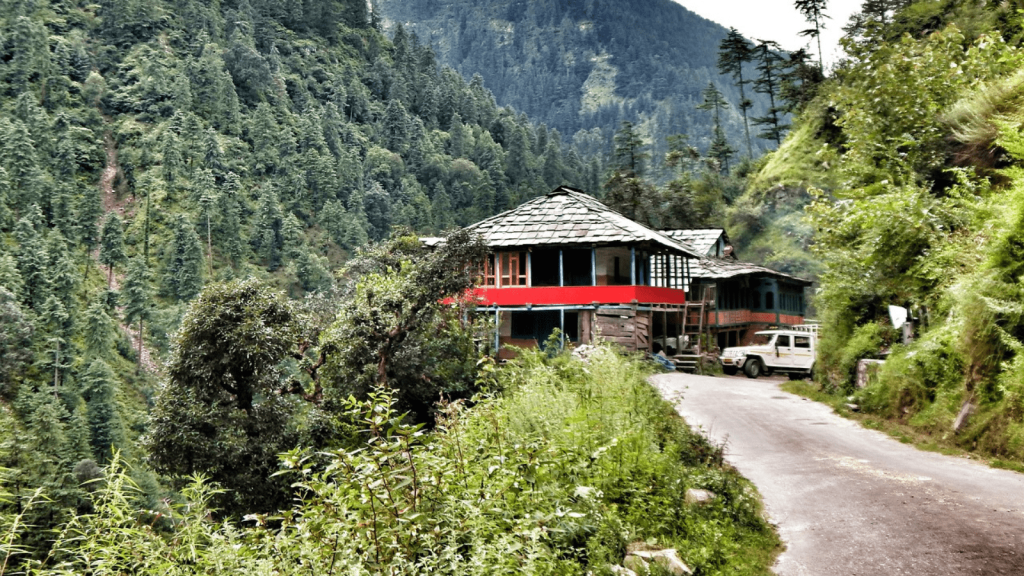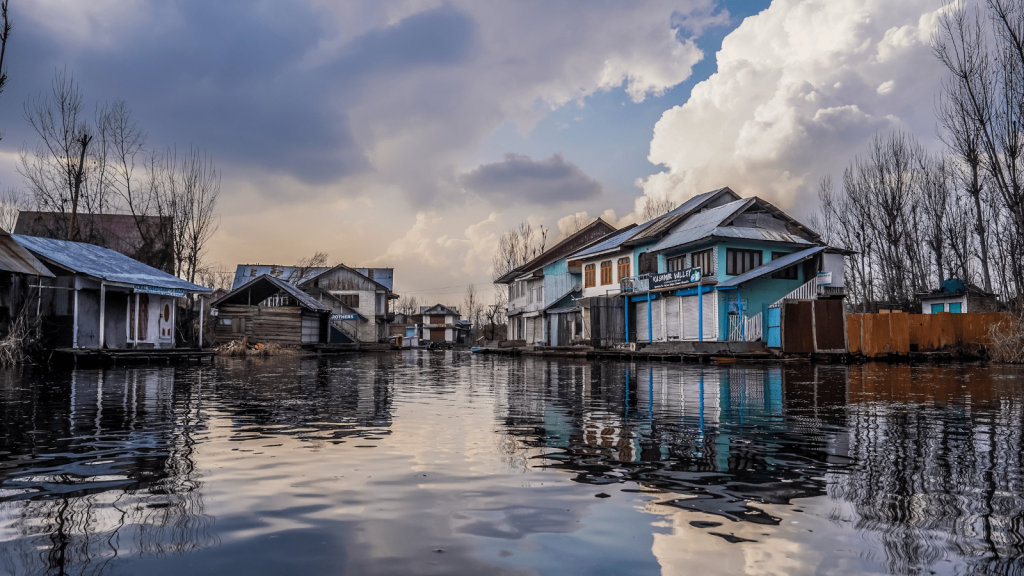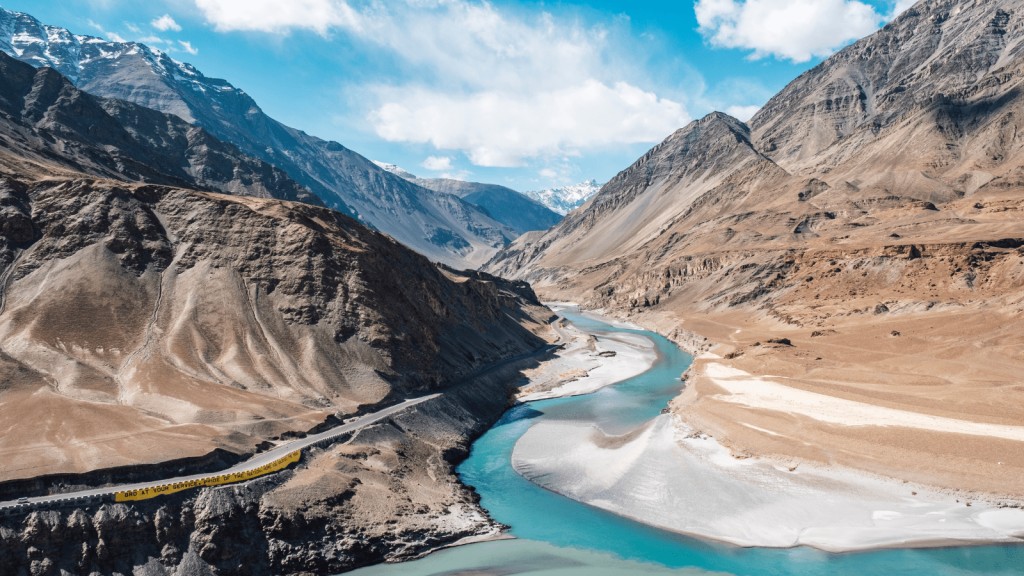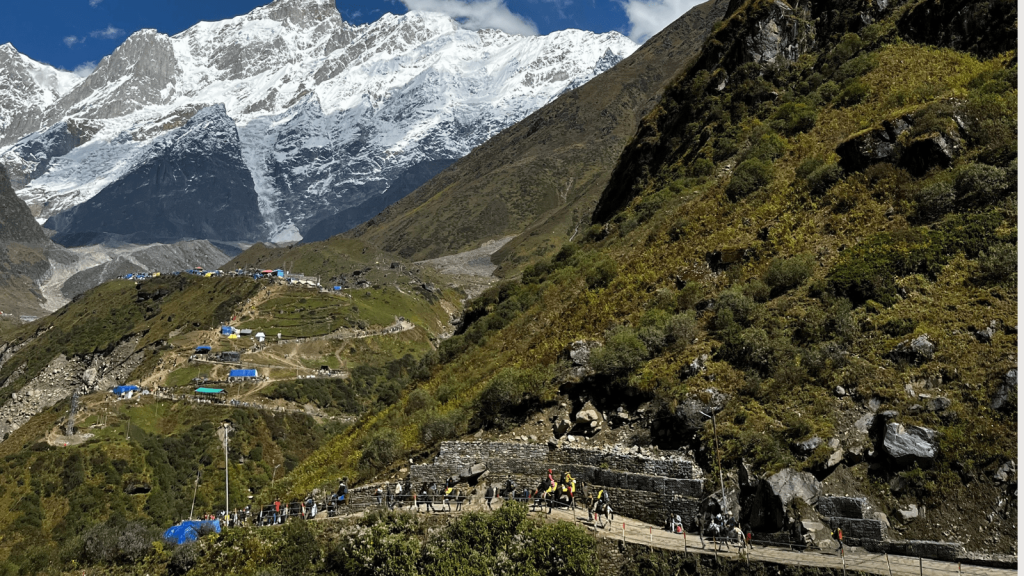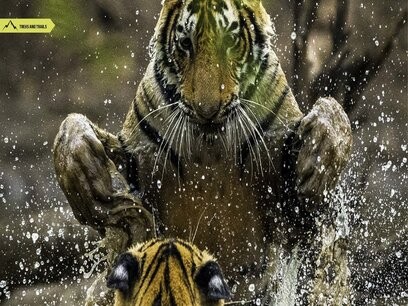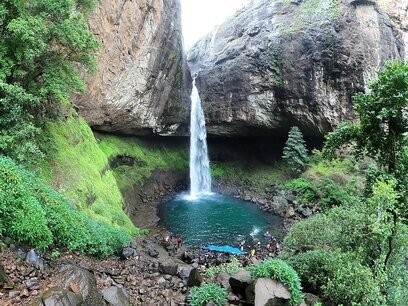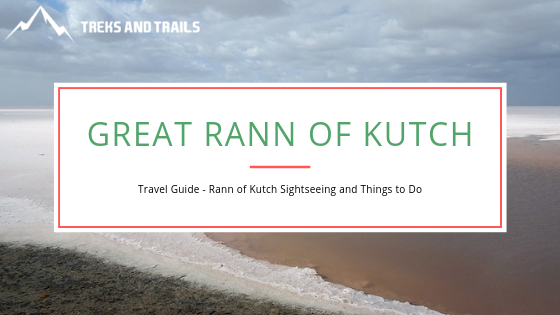
How to Visit Great Rann of Kutch: Essential Travel Guide
DescriptionThe Great Rann of Kutch is a salt marsh in the Thar Desert in the Kutch District of Gujarat, India. It is about 7500 sq km in area and is reputed to be one of the largest salt deserts in the world. This area has been inhabited by the Kutchi people.
The Rann of Kutch is also famous as the Great Rann of Kutch. It is essential to state here that there is a Little Rann of Kutch too. Regardless, it is a remarkable destination that you must check out. Whenever you utter the word ‘desert,’ you think of vast stretches of never-ending sand. The Rann of Kutch is somewhat similar, but there is one difference. Instead of sand, here you will find salt.
About this place
The region of Kutch is distinctive in several ways. First of all, it is the largest salt desert in the whole world. Of course, it doesn’t require a sharp mind to deduce that a desert isn’t a sign of prosperity. However, the people of Gujarat celebrate its opulence based on an exceptional parameter. There is nothing better to add in an Intro of Rann of Kutch. This place is ideal for travelers like you.
How to get there
Reaching Rann of Kutch shouldn’t be a problem after you reach Gujarat. The best thing to do is to travel from Bhuj. The desert is to the north of the Tropic of Cancer. You will see the sign when you pass through it. The government of Gujarat is currently developing Dhordo as the Gateway to the Rann. Dhordo is at the edge of the desert, and it offers convenience to tourists in terms of accommodation and comfort.
Accommodation facilities
Now, you may be wondering if there is any place to Stay at Rann of Kutch or not. Well, the most favored accommodation facility of the region is the Gateway to Rann Resort. This hotel is in a place called Dhordo. You will surely enjoy your stay here because you will be living inside the Kutchi ‘bhungas.’ A ‘bhunga’ is nothing but a hut made of mud. Builders crafted them traditionally and decorated them with handicrafts. You can also choose to stay at the Toran Rann Resort, close to the entrance of the desert.
The right time
It is in October when the Rann begins to dry up. It steadily transforms and becomes the surreal salt desert as you know it. The Best time to go at Rann of Kutch is between October and March. The accommodation facilities become unavailable at the end of March. For those who wish to avoid bumping into other visitors, the right time starts after the tourist season ends. You should try to avoid going in April and May as the temperature rises significantly. Apart from that, you won’t get the necessary facilities like food, water, and lavatories.
What to do
There is much to do for travelers at the Rann. So, you don’t have to worry about staring at the bleakness of the desert. Among all the Things to do at Rann of Kutch, you must include a visit to the Kala Dungar. It is the highest point in the Kutch area where you get a panoramic view of the entire desert. You should also see the Vijay Vilas Palace, located at Mandvi. Many Bollywood films chose it as their filming destination.
What to eat
Since the Rann is a part of Gujarat, naturally, you can get every Gujarati culinary varietal there. However, for a taste of the Local food at Rann of Kutch then you should visit during the Rann Utsav. Vada pav, which is famous street food from Maharashtra, is also popular here. It tastes different, and the sellers prepare it differently, too. You should also satisfy your tongue with Dabeli, another renowned Gujarati street food.
Things to know
There are a few Tips for viewing Rann of Kutch, which can make your life easier. The best way to reach the Rann is from Bhuj, as it has the nearest railway station and airport. You shouldn’t restrict your visit to the Great Rann. The Little Rann is an excellent site for birdwatchers. There is also a sanctuary which is the home of the Indian Wild Ass.
Further destinations
Other famous places near Rann of Kutch includes the Narayan Sarovar. It is an exciting place which combines nature and religion. Another superb location is Dholavira, where you will see shreds of evidence of one of the world’s oldest civilizations.

